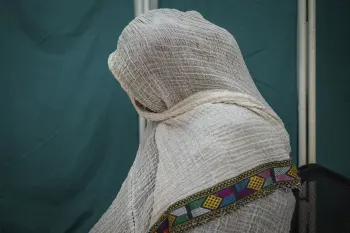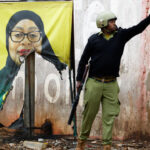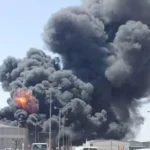The devastating civil war in Ethiopia’s Tigray region has not only left a trail of destruction but has also triggered an alarming surge in HIV infections. As the humanitarian crisis unfolds, the consequences of conflict extend beyond immediate violence and displacement, posing a serious public health challenge that requires urgent attention.
The Fallout of War
The conflict in Tigray, which erupted in November 2020, has resulted in widespread violence, displacement, and a breakdown of health services. More than two years of warfare led to the destruction of healthcare infrastructure, which has critically hindered access to essential medical services, including HIV treatment and prevention efforts. A joint report by the United Nations and local health authorities revealed that there has been a sharp decline in HIV testing, treatment initiation, and adherence to antiretroviral therapy during and after the war, contributing to the rising infection rates.
Increased Vulnerability
War can exacerbate the conditions that lead to increased HIV transmission. Displacement and instability often result in higher rates of sexual violence, poverty, and limited access to healthcare. Women and girls are particularly vulnerable, with reports of sexual violence rising significantly during the conflict. Forced displacement has disrupted communities and social support systems that are crucial for HIV prevention and care, leaving many without the necessary resources to protect themselves or manage their health.
US Aid Cuts and Their Impact
Compounding this health crisis, the recent cuts to U.S. aid under the Trump administration have had long-lasting repercussions. Prior to the cuts, Ethiopia was a key recipient of foreign assistance aimed at combating HIV and strengthening healthcare systems. The reduction in funding has left many health programs under-resourced, leading to decreased capacity for HIV prevention, treatment, and education initiatives. Organizations that played a vital role in combating the HIV epidemic in Ethiopia have faced significant challenges in maintaining services, further exacerbating the crisis.
Recent data from the Ethiopian Public Health Institute indicates a disturbing trend: HIV prevalence among displaced populations has surged, with preliminary figures suggesting that active HIV cases in Tigray have doubled since the onset of the conflict. This increase is a dire reminder that health crises often follow in the wake of armed conflict, with long-term impacts that extend far beyond the battlefield.
Urgent Need for Action
The situation in Tigray calls for immediate international attention and action. Humanitarian organizations are urging a concerted effort to restore health services in the region, particularly for vulnerable populations affected by the war. Investments in HIV prevention and treatment programs are not just essential for public health; they are also a moral imperative. As Ethiopia grapples with the aftermath of war, reinvigorating its healthcare infrastructure is crucial to ensure those living with HIV receive the care they need.
Crisis response efforts must include targeted funding for HIV programs and a commitment to addressing the barriers to healthcare access. This is an opportunity for the global community to reaffirm its dedication to health equity and disease prevention, particularly in regions recovering from conflict.
Conclusion
The rise of HIV infections in Tigray is a tragic consequence of war that demands urgent action. As international aid remains critical to addressing this public health emergency, it is imperative that stakeholders come together to prioritize healthcare needs and ensure that no one is left behind. Ethiopia’s path to recovery must include comprehensive strategies to combat HIV, safeguarding the health and wellbeing of its most vulnerable populations as they rebuild their lives in the wake of conflict.
Email Us on editorial@nnafrica.com













